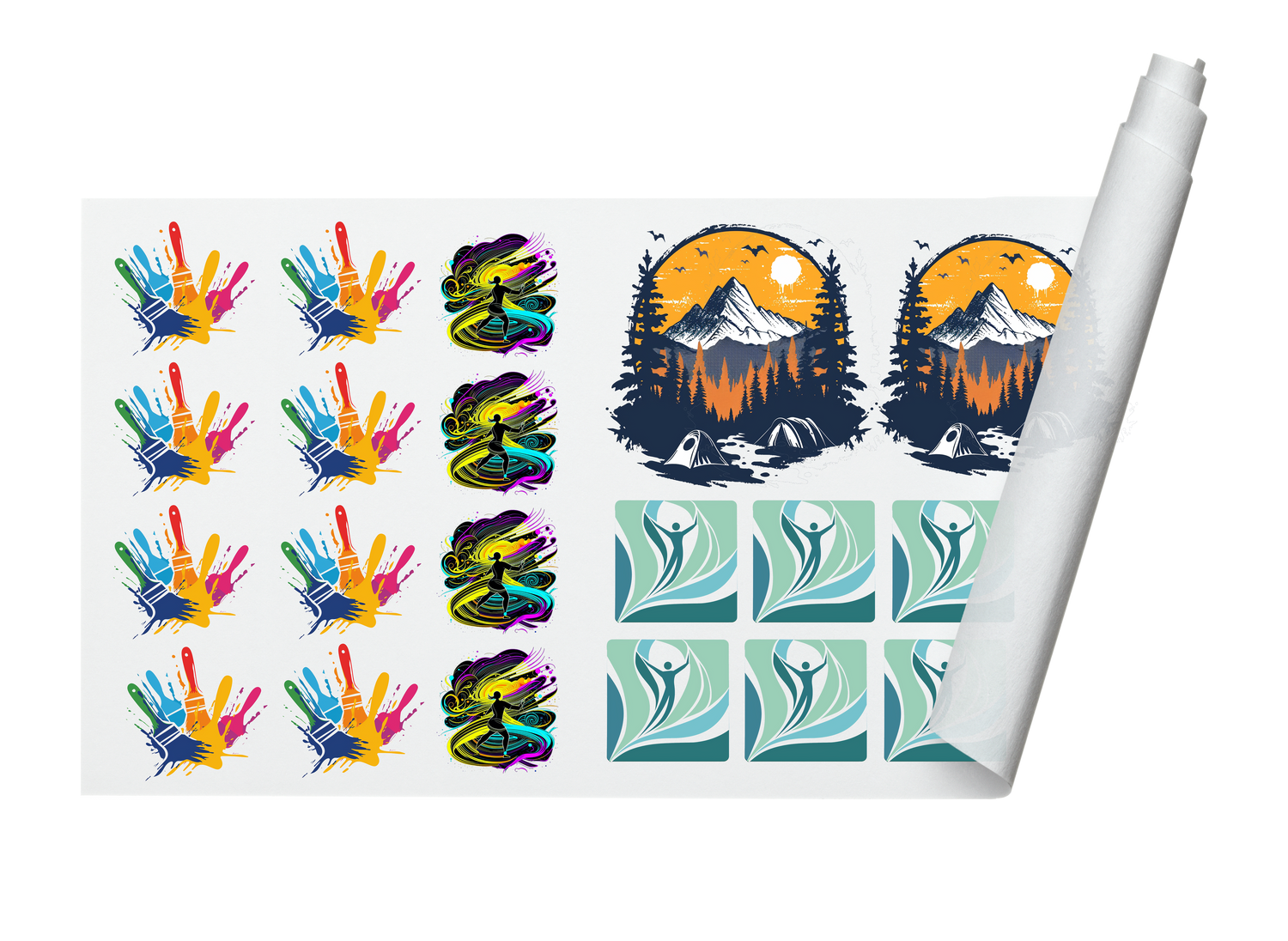In the world of custom apparel printing, there are various techniques and methods used to create stunning, durable designs on fabric. One such method that has been gaining attention in recent years is DTF, or Direct to Film printing. DTF is revolutionizing the way we print designs on textiles, offering a versatile and cost-effective alternative to traditional methods like screen printing and heat transfer. In this blog post, we'll take a closer look at what DTF is, how it works, and its many advantages.
What is DTF (Direct to Film) Printing?
DTF, or Direct to Film printing, is a relatively new digital printing technique used for applying designs directly onto fabrics, primarily for custom apparel. This method involves the use of a specialized printer, DTF ink, and a heat press. The "film" in DTF refers to a flexible, clear, or white film sheet on which the design is printed using a DTF printer.
How Does DTF Printing Work?
DTF printing works in several key steps:
-
Design Creation: Just like with other printing methods, a digital design is created using graphic design software. The design is then prepared for printing.
-
Printing on the Film: The prepared design is printed directly onto the DTF film using a DTF printer. The ink used in DTF printing is specially formulated to adhere to the film and textiles.
-
Curing the Ink: After printing, the ink on the film needs to be cured. This is typically done by exposing it to heat, which dries and solidifies the ink.
-
Transfer to Fabric: The printed film is placed on the fabric, and a heat press is used to transfer the design from the film to the fabric. The heat press melts the ink on the film, which then adheres to the fabric permanently.
-
Peeling and Finishing: After the transfer is complete, the DTF film is peeled away, leaving the vibrant design on the fabric. The fabric is now ready for use or additional finishing processes, such as cutting and sewing.
Advantages of DTF Printing
DTF printing has gained popularity for several reasons:
-
Vibrant and Detailed Prints: DTF printing allows for intricate and vibrant designs with high levels of detail. It can reproduce photographs and complex graphics with impressive accuracy.
-
Versatility: DTF is suitable for a wide range of textiles, including cotton, polyester, blends, and even non-textile materials like leather and wood.
-
Cost-Effective: Compared to traditional methods like screen printing, DTF printing can be cost-effective for small to medium-sized print runs because it doesn't require expensive setup costs, screens, or color separations.
-
Durability: DTF prints are known for their durability and resistance to fading or cracking, making them ideal for long-lasting designs.
-
Quick Turnaround: DTF printing is relatively fast, making it an excellent choice for businesses that need quick production turnaround times.
-
Eco-Friendly: DTF printing is considered more environmentally friendly compared to some other printing methods because it generates less waste and doesn't use water in the printing process.
Conclusion
DTF (Direct to Film) printing is a cutting-edge technology that is changing the game in the world of custom apparel decoration. Its versatility, cost-effectiveness, and ability to produce vibrant and durable designs have made it a preferred choice for many businesses and individuals. Whether you're a clothing brand looking to create eye-catching designs or an individual looking to personalize your clothing, DTF printing is worth considering as a viable and efficient option for your next project. As technology continues to evolve, DTF printing is likely to become even more accessible and widespread in the world of custom apparel.

